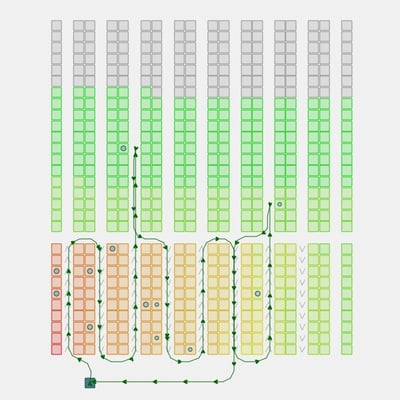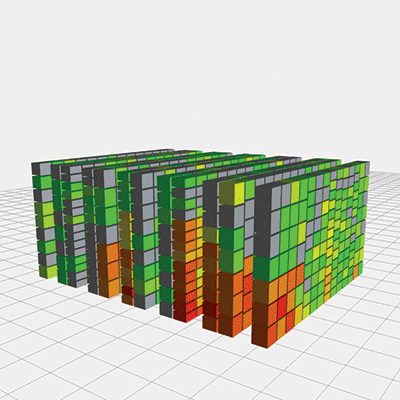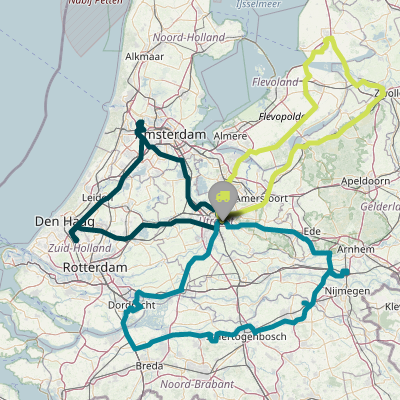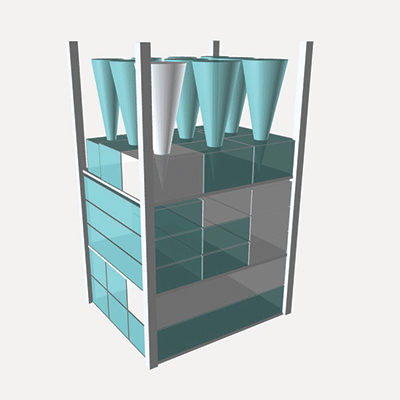knowledge article
The Significant Role of Visualization in Planning and Scheduling

More Optimal
Published on June 20, 2023
In various sectors such as manufacturing or project planning, visualization has proven to be an important tool for decision-makers. It enhances clarity, encourages informed decision-making, and supports flexible adjustments in real-time. In this article, we'll examine how visualization has become integral for successful planning and scheduling in diverse fields.
Visualization: A Cornerstone for Successful Planning and Scheduling
Control is a vital component in any successful strategy, whether it involves production scheduling or wider planning contexts. As the planner, you're in command, shaping and executing the plan, and having the flexibility to make late changes when required. This is necessary due to unpredictable events, such as an unexpected delivery or sudden schedule changes, which may require immediate modifications in your plan. This is where visualization proves transformative.
The Key Role of Visualization
What does visualization contribute to planning? It acts as a potent tool, enabling planners to see their current plan, make modifications, and instantly grasp the impact of those modifications. The capacity to visualize and modify plans in real-time is essential, not just a bonus.
Already when preparing for planning, visualization plays an important role – it allows to planner to validate the correctness of master data as well order data imported from interfaces with transactional systems.
During the execution phase, visualization plays a critical role as well. The planner is often supported by algorithms to enable the creation of a great plan in a short amount of time. Assessing the effectiveness of these algorithms would be virtually impossible without a comprehensive visualization of the plan. In many cases, the visuals in the planning application are used to fine-tune the results from optimization algorithms to cater for last minute changes to the plan.
Characteristics of Effective Visualization
What makes a visualization tool truly outstanding? Firstly, it should give instant insight into any significant inefficiencies in your plan, such as potential bottlenecks in a process or conflicts in a busy schedule.
Secondly, it should be dynamic, with the ability to make changes within the visual and receive immediate feedback. This interactive capacity is what separates true planning solutions from data visualization tools available through BI reports.
Finally, a robust visualization tool should clarify the logic behind the plan, explaining the reasons for each decision where possible, which promotes transparency and enhances understanding among all stakeholders.
The 'More Optimal' Visualization Approach
The More Optimal visualization approach includes key features that make it highly beneficial for planners:
- It gives instant insight into significant inefficiencies in the plan. This may involve highlighting areas of substantial change or identifying resources that might deplete during the operation. A visual display can focus on these critical areas for fast decision-making.
- It has dynamic capabilities, setting it apart from static Business Intelligence (BI) tools. With this approach, the planner can adjust the plan within the visual display and receive instant feedback, facilitating timely and accurate decision-making.
- The More Optimal visualization clarifies the quality of the plan. It not only presents the plan but also details the reasoning behind specific decisions. This assists the planner in explaining the decisions, especially when these relate to unique situations or unforeseen events during the day's operations.
In summary, the More Optimal visualization approach combines instant insight, interactive action, and clear explanation, thereby enabling planners to formulate and manage effective plans with ease and efficiency.
Examples




In conclusion, visualization in planning applications is highly beneficial. It simplifies complex data, facilitates dynamic decision-making, and enhances transparency. No matter the planning context—whether in education, logistics, manufacturing, or business forecasting—visualization is crucial for successful planning. If your goal is to enhance your planning strategy, a robust visualization tool should be one of your top priorities.

